Here is the Volume 4 of Volleyball from When you watch something, visit us first! Mr. Futoshi TERAMAWARI, General Manager of #PFUBlueCats Ishikawa Kahoku, told us about the importance of mental condition in Volleyball this time. This is the combined version of Part 4-1 and 4-2 on our YouTube channel.
In Vol.3, we learned about “Serve” of Volleyball.
This time, we interviewed Mr. Futoshi TERAMAWARI, who was Head coach of Men’s Volleyball National team as well as Team Manager of Women’s Volleyball National Team, and is currently General Manager of PFU Blue Cats Ishikawa Kahoku, a member of DAIDO LIFE SV.LEAGUE WOMEN, about Rally in Volleyball.
We hope you will find this information useful when watching games.
.png)
Part 4-1: Rally (First Part)
When Rallies continue, the setter often is not delivered good Receptions, so Rallies continue even longer. When the setting ups are not good, the chances of a successful of Reception also increase. So the key is to be able to deliver a good dug ball to Setter and launch a good attack when Rally is going on.
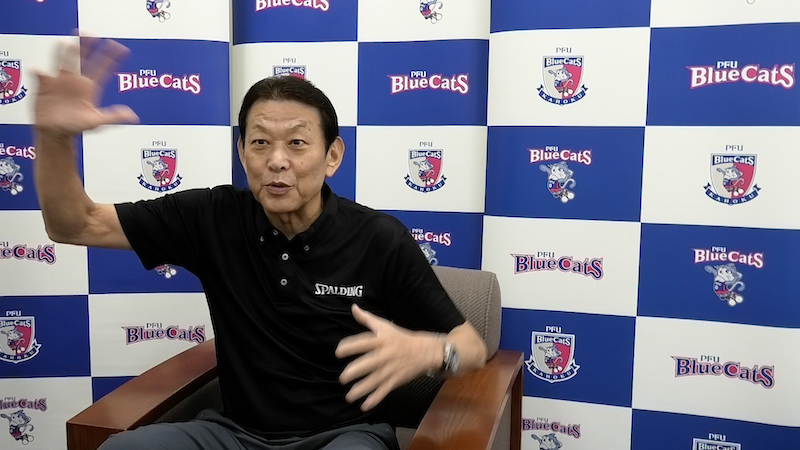
I think the current Men’s Japanese national team is able to compete with the world’s best even without the height because of the improved accuracy of their Digs.
Q: Is the level of Receptions and Digs of Japan that high?
Yes, very much. Their level is quite high, and their accuracy is also very high. Compared to other countries, they also have a good defense. In that sense, I think the Japanese Men’s national team is at the top level.
Q: Even so, if the opponent’s attack is strong, it is difficult to deliver the dug ball to Setter accurately?
Well, dug balls are hard to be delivered to Setter. The opponent also hits hard.
For example, just as a strong Jump Serve will reduce the accuracy of Reception, it is very difficult to return a Dig for the opponent’s attack to Setter accurately, even after a bad setting up. When the opponent spikes, and properly maintaining the Digging formation inevitably, it leads to a situation where Digs are raised high in any way.
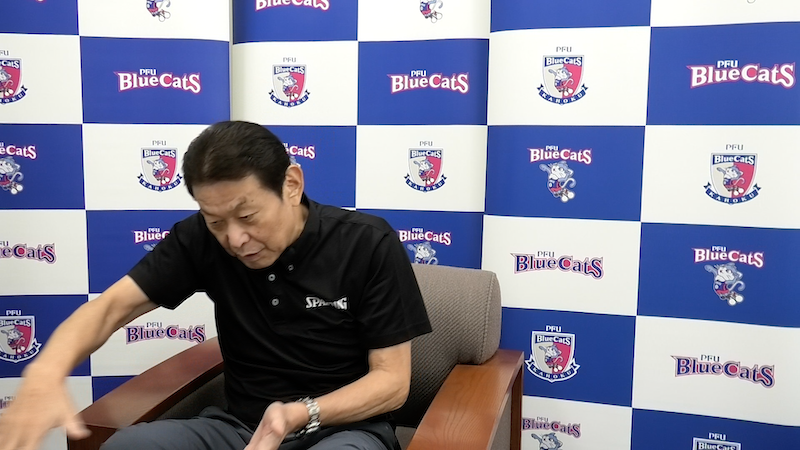
However, Blain Japan (= Japan’s Men’s national team at the Paris Olympics) has made further progress and they intended to raise such bad setting to the close to the net. And under such situation, they tried to get the rebound from the opponent’s block or making touch out, and re-construct their secondary attack. I think they were better than other countries to do so.
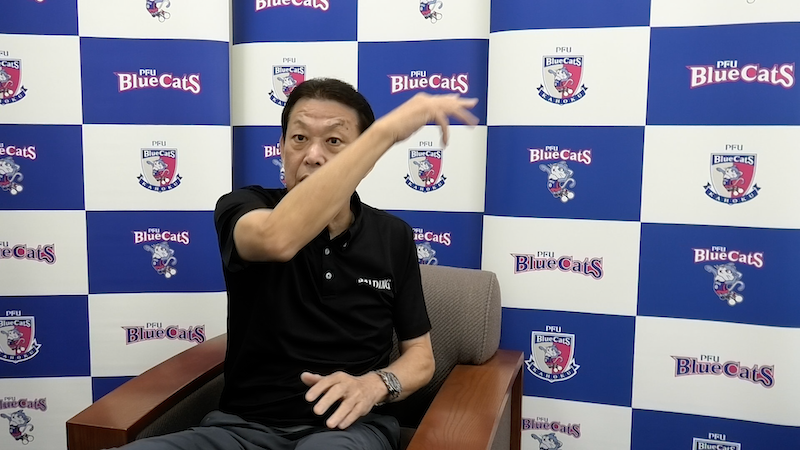
They intended to deliver to close to the net and to get rebounds when bad setting up. I think they were doing the top level Volleyball of the world, such as to hit softly to the opponent’s block and follow and re-build their next attack.
Q: Was that setting up close to the net by other Japanese player than Setter intentional?
They did that on purpose. The setting up close to the net. If such setting up by the player other than Setter goes away from the net, the attack would be shut out by the opponent’s block. That is why they kept the bad setting up goes to close to the net, and they would have the rebound or put it out after making touched by the opponent.
I think that was a high level skill of the Japanese national team.
Part 4-2: Rally (Latter Part)
As you can see from the games in Paris Olympics, even in Men’s Volleyball, there are now many matches where long Rallies continue. This is because the combination of blocking and floor defense has improved so much in each country, but in Women’s Volleyball, Rallies continue even longer.
And when a long Rally finish, the audience gets excited. The team that wins the Rally also gets excited. The player who succeeds attack also gets excited.
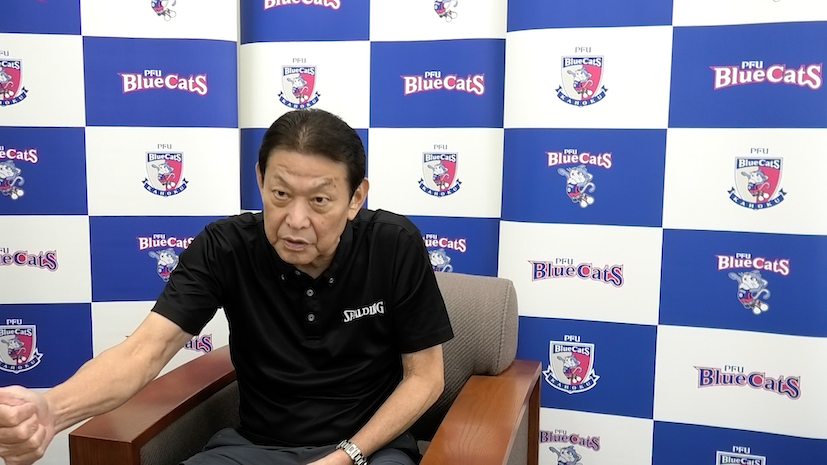
And so does the team that lost a point in a Rally, but after a long Rally, both teams are tired. Both sides are out of breath. So after a long Rally, they are not in good condition.
So the benches take Time outs and other measures. If both teams start the next play without taking a Time out, etc., the probability of scoring the next point by the team scored previous one will increase dramatically.
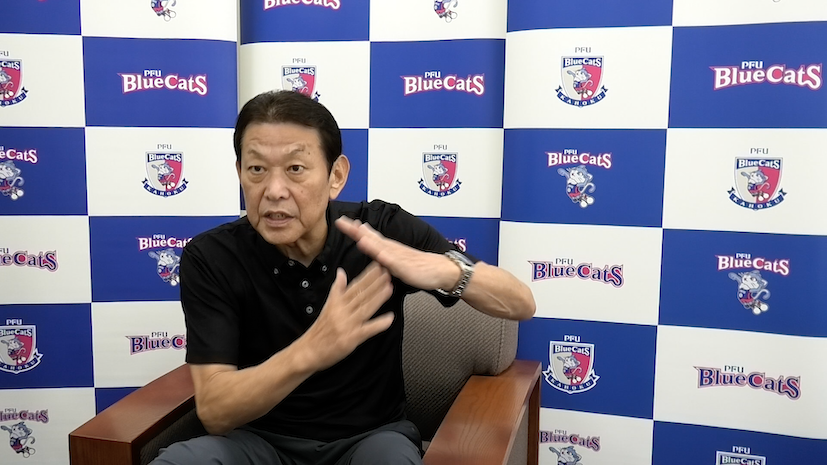
This is an effect of mental. Okay, our team was able to get this long Rally. The opponent is tired. So, at that time, if the team that took the previous Rally is going to play aggressively, the opponent collapses and be consecutive points in many cases.
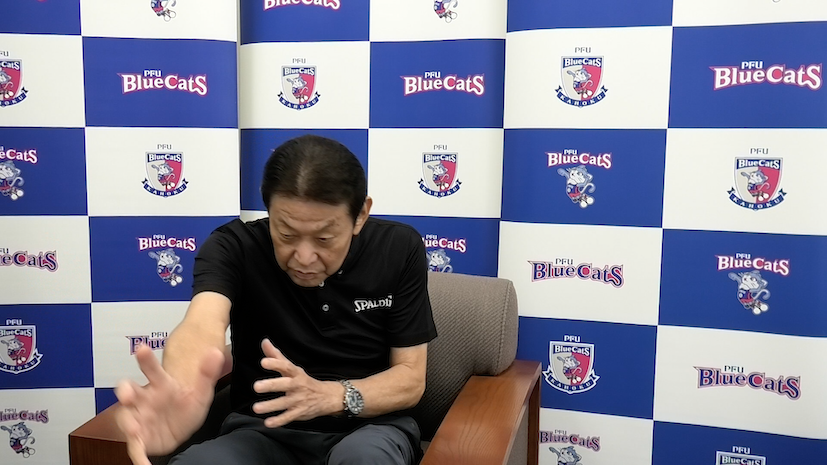
So it is interesting if you watch Volleyball from that point of view. For example, a long Rally of about three points in a row continues, and one team succeed the next attack. The score goes away a bit.
Then the point difference may continue to increase. In Volleyball, there are so many times getting into that kind of situation. The game can change from being competitive to being some point difference.
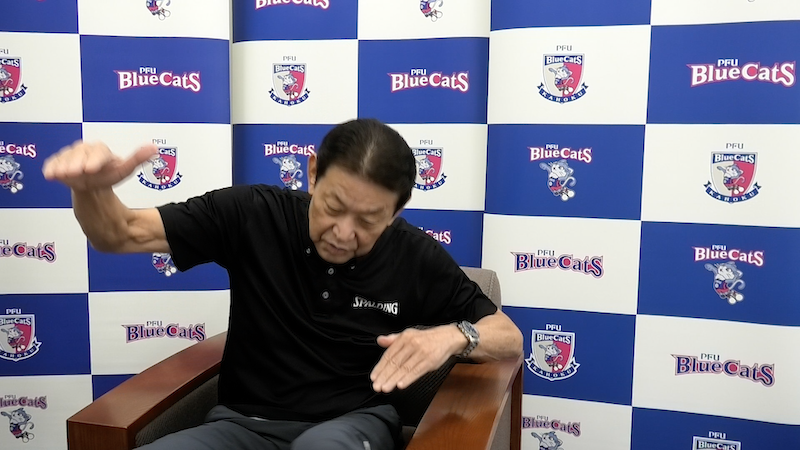
So the key is to win long Rallies. And a team that can win such long Rallies is strong. That kind of teams are able to win the games.
I hope that you will see this aspect of Volleyball. Yes, this team scored a point in this long rally. The team that lost the point is in trouble. If you watch Volleyball while paying attention to these things, you will often see this happen.
Q: So that’s where the bench takes measures to shift the momentum?
They may change players, they may take timeouts, and so on. Really strong teams know that these things are important. While doing such things, strong teams think that this is the point where they have to concentrate. If they can think that even their opponent has got a rally, but they will definitely get a Side out on the next play, they may be able to start a counterattack.
If I am doing commentary, I would say, “Pay attention to this play.” I would say “this team has the momentum now.” Immediately after I say that, the point goes to that team. I say, “It is the situation just as I said.” And in Volleyball, it actually happens that way.
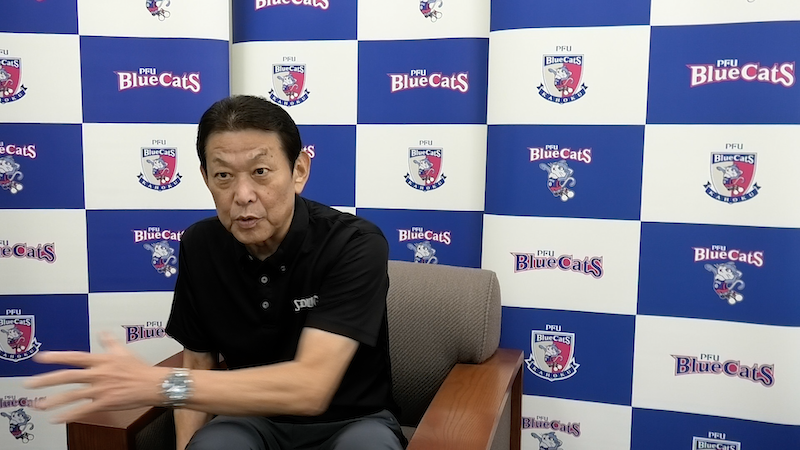
So this is an effect of mental.
Share this content:
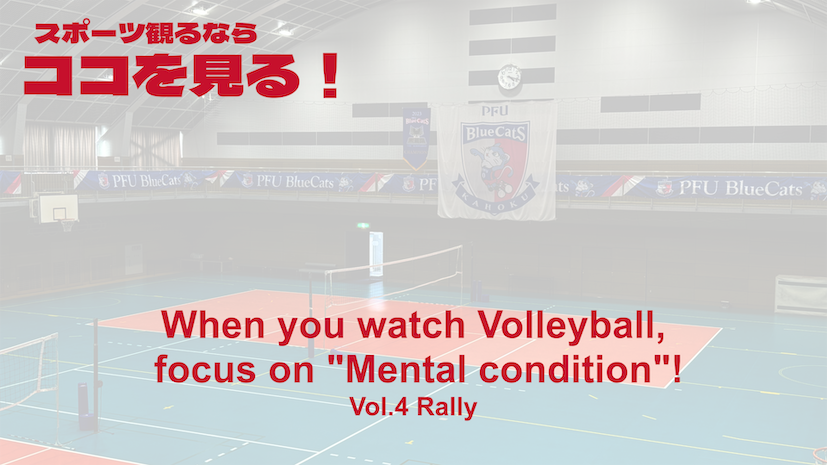
コメントを残す